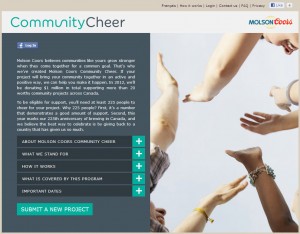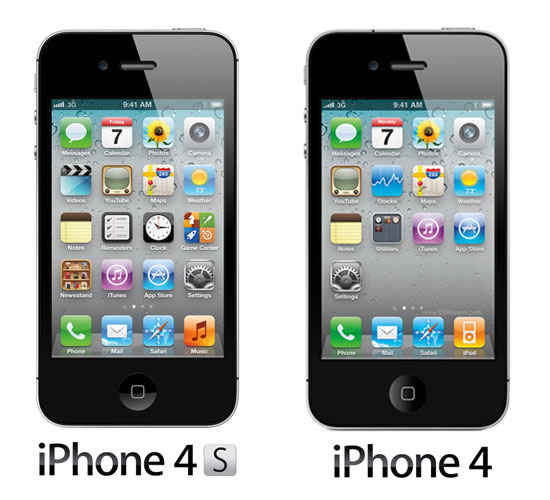Nicholas Buse’s blog post about Chevron being fined for an oil leak brings up an interesting topic. Oh wait— wasn’t this the topic of conversation just the other day it seems like, but regarded BP instead? Company’s producing oil leaks seems to happen much too often, so the question lays with why aren’t the regulations deterring the company’s from being careless and disregard public safety? If these big corporations were actually scared of the fine they would get from the governments they could perhaps be more inclined to further their precautions, since it is understandable that mistakes do happen.
A non-governmental Organization which lobbys for more punishments and reparations is Peta. With their influence that should be enough to deter companies from risking the offchance of spilling. PETA has a strong following, and if PETA were to do a campaign about boycotting a corporation that hurt animals, that would surely ruin that corporations brand. However, from what I’ve seen in the past, this boycott only lasts so long, and eventually people forget the harm that company caused, that is until they make the same mistake yet again.



 Having spent the last decade learning the painful lessons of celebrity, Nike shifted its focus towards whole teams, and particularly dominant collegiate ones. Considering the deep ties that Nike has with the University of Oregon, the brand having been forged on the asphalt track of Hayward Field, Nike expanded its already massive visibility, introducing the Pro Combat line of football equipment and issuing Oregon’s teams the most distinctive and progressive uniforms in sports. While this worked brilliantly for a while, with Oregon’s team becoming the national darling, filling the role USC previously held. However, 2011 has proved to be something of disappointing year for the football team, and an absolute disaster for the running program, with perhaps the most prestigious quasi-amateur running team in the world faling to qualify for the NCAA Cross Country National Championships and the absolutely flashiest football team in the world suffering a disappointing loss to USC and dropping from 4th in the nation to 9th and losing any shot at the BCS final. This raises the question, is sports marketing essentially gambling? Is the policy of only selecting a few, albeit extremely talented athletes and teams dangerous to an entire brand? Is Nike’s new practice, that is, issuing multiple teams with the prestigious Pro Combat gear a safer bet? Or does it simply dissolve the power of such endorsements? Does it reflect a crack in Nike’s extremely well designed and lightweight armour? Is Nike’s infallibility dependent on the teams it endorses?
Having spent the last decade learning the painful lessons of celebrity, Nike shifted its focus towards whole teams, and particularly dominant collegiate ones. Considering the deep ties that Nike has with the University of Oregon, the brand having been forged on the asphalt track of Hayward Field, Nike expanded its already massive visibility, introducing the Pro Combat line of football equipment and issuing Oregon’s teams the most distinctive and progressive uniforms in sports. While this worked brilliantly for a while, with Oregon’s team becoming the national darling, filling the role USC previously held. However, 2011 has proved to be something of disappointing year for the football team, and an absolute disaster for the running program, with perhaps the most prestigious quasi-amateur running team in the world faling to qualify for the NCAA Cross Country National Championships and the absolutely flashiest football team in the world suffering a disappointing loss to USC and dropping from 4th in the nation to 9th and losing any shot at the BCS final. This raises the question, is sports marketing essentially gambling? Is the policy of only selecting a few, albeit extremely talented athletes and teams dangerous to an entire brand? Is Nike’s new practice, that is, issuing multiple teams with the prestigious Pro Combat gear a safer bet? Or does it simply dissolve the power of such endorsements? Does it reflect a crack in Nike’s extremely well designed and lightweight armour? Is Nike’s infallibility dependent on the teams it endorses? The article “
The article “ http://www.visioncritical.com/
http://www.visioncritical.com/ Violence has been a common occurrence every since the revolution, however, the security forces did not run citizens over with vehicles in the past. Most of those killed were Coptic Christians, a minority in Cairo. Hate crimes were being committed against the Coptic’s and nothing was being done about it, and in the end most of the 24 killed were of that religion. Protests ending negatively and deadly such as this one are a key example as to how there are still some groups who are not accepting of other religions, or races, forcing the minorities to protest and riot. If groups did not have a reason to feel the need to protest, then there would be the outcomes such as this one over this past weekend in Cairo. It makes me wonder why an actual neutral body, such as the UN hasn’t stepped in, or someone else in order to save the lives of civilians.
Violence has been a common occurrence every since the revolution, however, the security forces did not run citizens over with vehicles in the past. Most of those killed were Coptic Christians, a minority in Cairo. Hate crimes were being committed against the Coptic’s and nothing was being done about it, and in the end most of the 24 killed were of that religion. Protests ending negatively and deadly such as this one are a key example as to how there are still some groups who are not accepting of other religions, or races, forcing the minorities to protest and riot. If groups did not have a reason to feel the need to protest, then there would be the outcomes such as this one over this past weekend in Cairo. It makes me wonder why an actual neutral body, such as the UN hasn’t stepped in, or someone else in order to save the lives of civilians.
 With increasing competition with Google’s Android, Apple was expected to release the iPhone 5, offering quicker services and more applications to satisfy the demanding market of technology crazy consumers. With this being said, it comes as no surprise that stocks fell more than 4 percent after closing due to the disappointment the iPhone 4S that was felt towards investors. It will be interesting to see how this will contrast to the future release to the iPhone 5, perhaps making it even more profitable since the iPhone 4G fell short. The question is, was this a planned tactic of Apple’s?
With increasing competition with Google’s Android, Apple was expected to release the iPhone 5, offering quicker services and more applications to satisfy the demanding market of technology crazy consumers. With this being said, it comes as no surprise that stocks fell more than 4 percent after closing due to the disappointment the iPhone 4S that was felt towards investors. It will be interesting to see how this will contrast to the future release to the iPhone 5, perhaps making it even more profitable since the iPhone 4G fell short. The question is, was this a planned tactic of Apple’s?